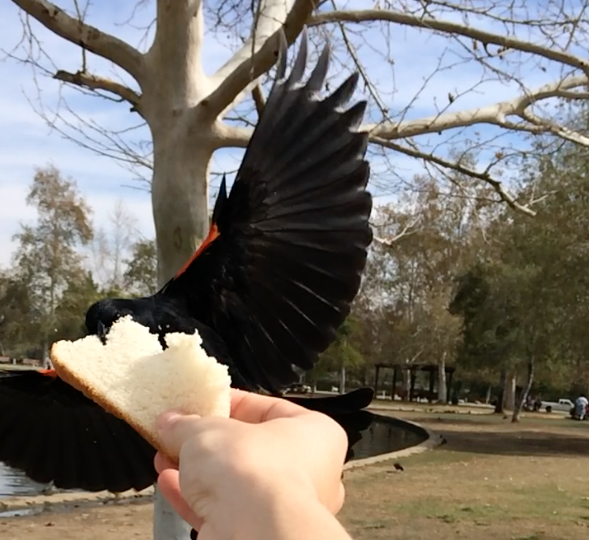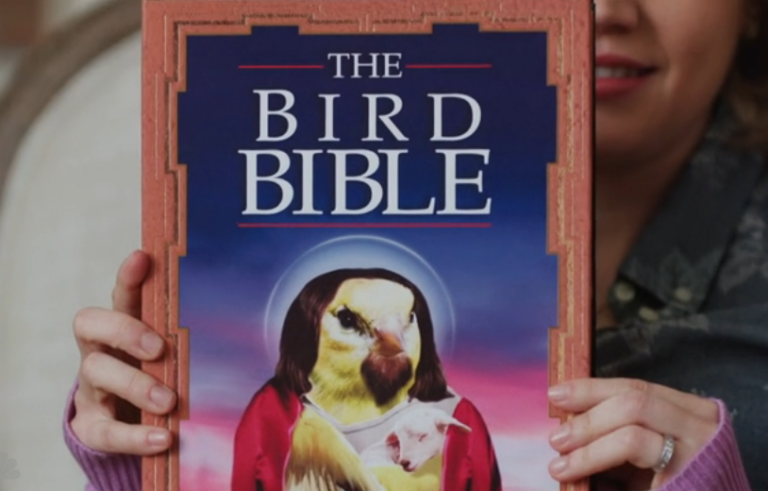 Jeff Mann
Jeff Mann

Goshawk Attacks Water Balloon in Slow Motion
I made a gif set from a video of a Goshawk grabbing a water balloon. Check it out.

Education, Featured, Guides, Main Feed
Tips for Printing Bird Photos
You’ve taken lots of photos of birds by now, selected the very best ones, put them in your online portfolio and now you’re ready for what comes next: making prints of your very best photographs!
There is a gratification that you get from holding and looking at physical copies of your photos that you will never get seeing them displayed on a computer monitor. Once you have shot many pictures, selected the best. and edited the photos, it’s time to think about printing some to frame and display in your home or office.

Watch a Double-crested Cormorant running across water in slow motion
I filmed a Double-crested Cormorant running across water in slow motion at Lake Balboa Park on Sunday.

Feeding flying gulls and blackbirds at the park in slow motion
Brian and I went to the park to feed California Gulls and Red-winged Blackbirds so I could record them flying and eating in slow motion. It looks awesome. Check it out!

